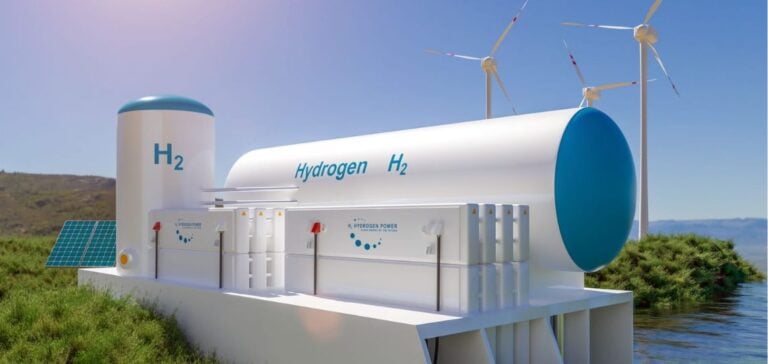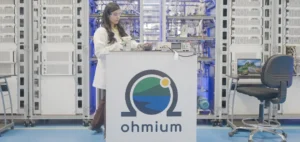The Biden administration recently announced a $7 billion investment inclean hydrogen development, via seven regional hubs. These hubs include the Pacific Northwest Hydrogen Association, the Alliance for Renewable Clean Hydrogen Energy Systems, the Heartland Hydrogen Hub, the HyVelocity Hub, the Midwest Alliance for Clean Hydrogen, the Mid-Atlantic Clean Hydrogen Hub and the Appalachian Regional Clean Hydrogen Hub. They face challenges in applying the 45V tax credits for blue and pink hydrogen. The players in these hubs are asking for tax criteria to be adapted to their projects.
Diversity of Energy Sources by Hub
Each hub has a strategy based on its local resources. The Pacific Northwest Hydrogen Association focuses on hydroelectricity, while the Appalachian Regional Clean Hydrogen Hub favors natural gas. The current incrementality and time-matching criteria restrict their ability to benefit fully from tax credits. Adjustments are made to optimize the use of each energy source.
Proposals for adapting tax criteria
The hubs have proposed specific changes to the tax rules. They suggest more flexible criteria that recognize the diversity of hydrogen production methods. The Midwest Alliance for Clean Hydrogen, for example, is asking for special consideration for nuclear power. The aim is to make tax credits more accessible and relevant to each hub.
Impact of Tax Adjustments on Hydrogen Projects
Favorable adjustments in tax rules could facilitate the development of hydrogen projects at each hub. This would enable wider implementation of clean hydrogen technologies. Such a development would help diversify the energy sources used for hydrogen production. It would also support investment in key infrastructure for each hub.
Collaboration between hubs, tax authorities and legislators is underway to examine tax criteria. This cooperation seeks to adjust tax incentives to the specific capabilities and needs of each hub. Policy adjustments aim to provide appropriate support for the various modes of hydrogen production. This would facilitate the application of 45V tax credits.






















